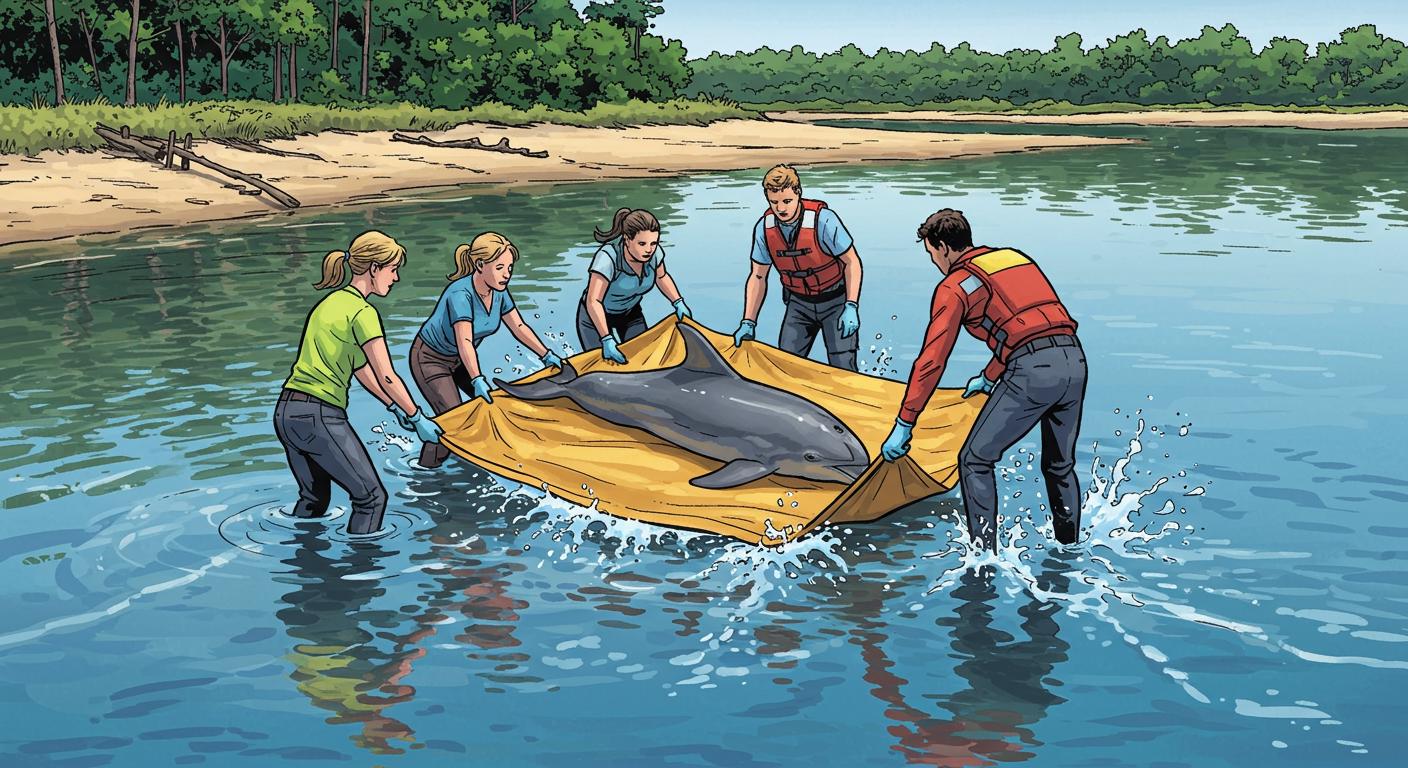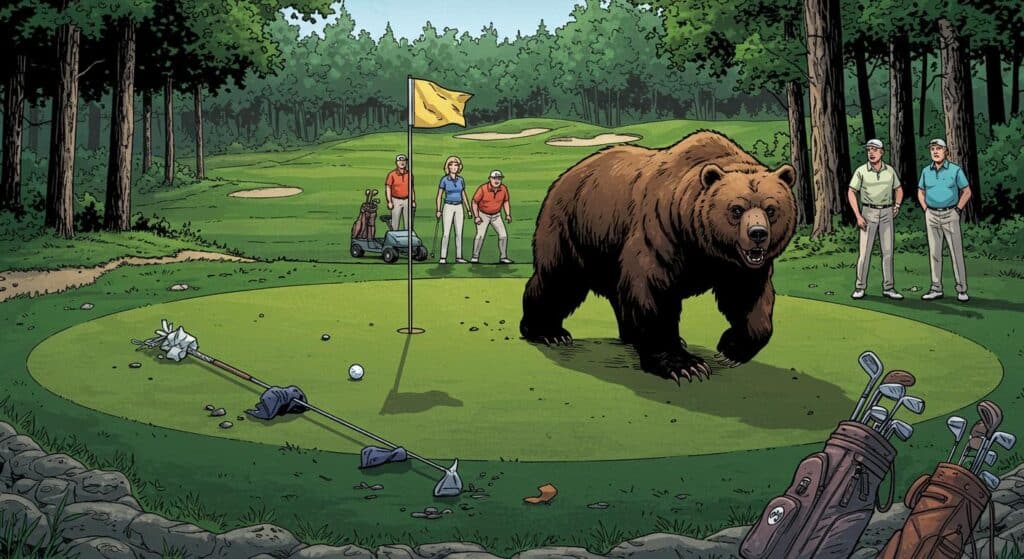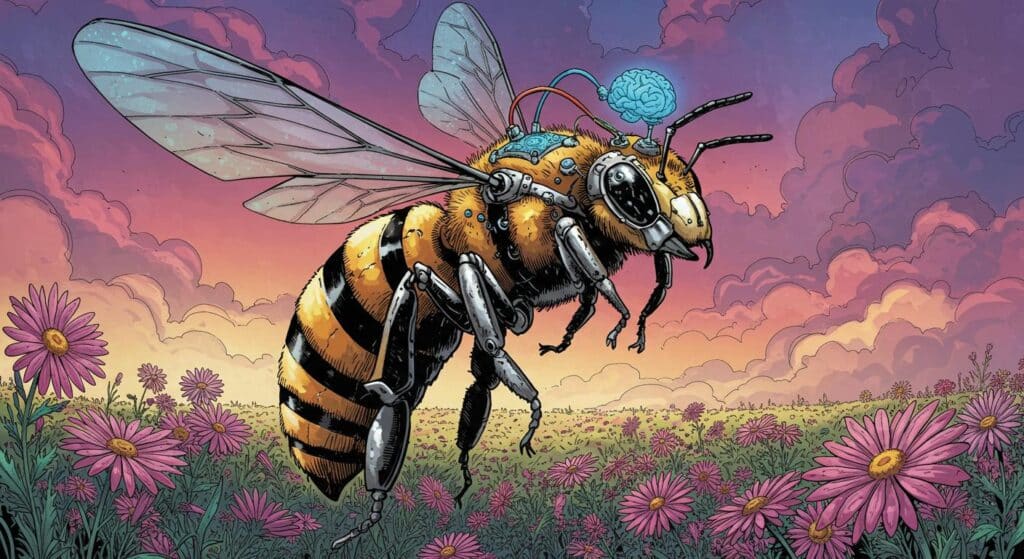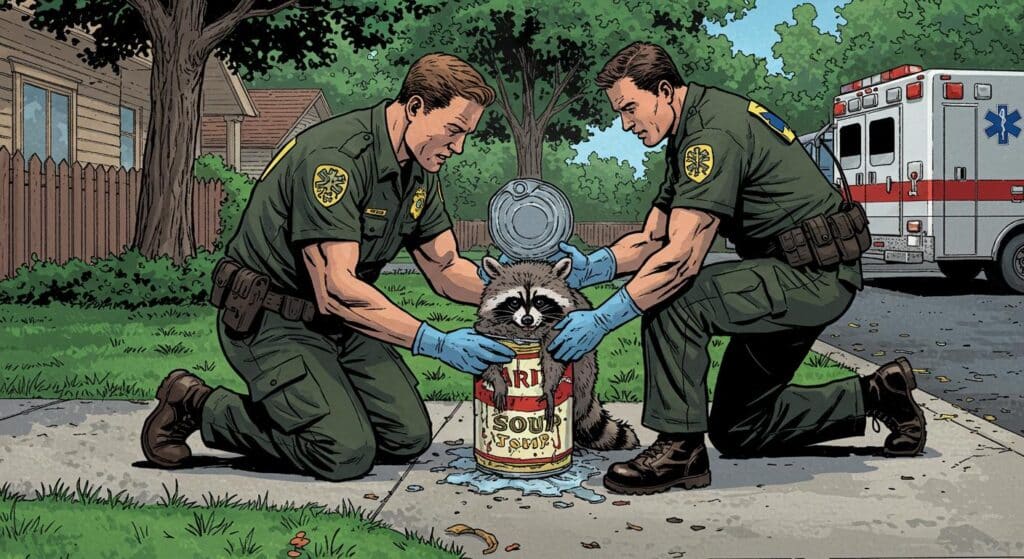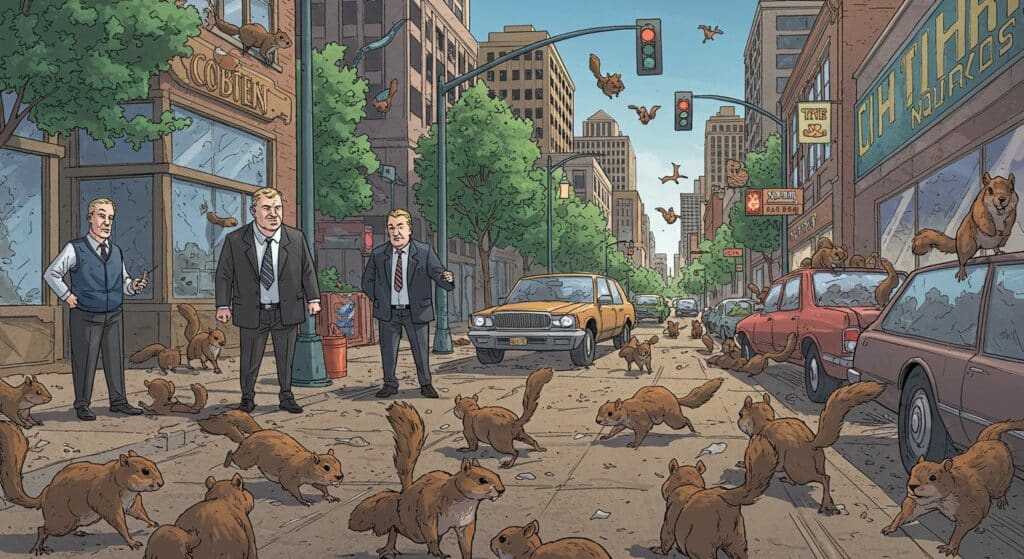Oddities in the animal kingdom sometimes intersect with the human world in ways that demand both teamwork and a sturdy tarp. Last week in Bluffton, South Carolina, the very appropriately named Lucky—a well-known local dolphin—got herself stuck in a situation that’s equal parts rare and deeply logistical: stranded in a backyard lagoon after a sudden spell of heavy rain and high tides.
When a Dolphin Visits the Neighborhood
As both UPI and FOX Local document, Lucky is a 7-foot, 10-inch, 400- to 500-pound dolphin tracked by University of South Carolina Beaufort researchers, who recognized her by distinctive markings. The chain of events began when a concerned passerby noticed the dolphin trapped in a shallow tidal lagoon inside Bluffton’s Hampton Lake community—a spot not designed with marine mammals in mind. According to both outlets, experts suspect Lucky had followed high waters through a culvert linking the lagoon to the May River. When the tides fell, she was left in two or three feet of water, unable to escape.
It’s a set of circumstances the average homeowner rarely anticipates. How often does a neighborhood watch committee have “unexpected dolphin” on its monthly agenda? In this case, a neighbor alerted the Lowcountry Marine Mammal Network (LMMN), the federally authorized group for marine mammal situations in the area. The situation quickly evolved into a community effort, involving Bluffton Township firefighters trained for water rescues and responders from the LMMN, who drove in from Charleston with specialized equipment.
Rescue, with a Side of Slope
Described in the news releases cited by both UPI and FOX Local, the rescue plays out as a meticulous—if somewhat slapstick—ordeal. Lucky, understandably wary, initially eluded attempts to corral her with a marine rescue tarp rigged with stabilizing poles. Yet persistence prevailed: the team eventually guided her onto the tarp, then carried her (all 400-plus pounds) roughly 75 yards up a steep embankment to reach a waiting trailer. According to UPI, from there, Lucky was driven about two to three miles to a private dock in May River Plantation, ensuring her return to deeper, safer waters.
It’s worth pausing to picture this—a dolphin on a tarp, traversing the improbable gradient between modern suburbia and saltwater habitat. The ordeal naturally attracted plenty of local attention, but no detail escaped the watchful oversight of federally authorized handlers; both outlets highlight that handling marine mammals without such approval is very much against the law. The sequence speaks to a practiced choreography that sounds more like a slapstick relay than a textbook operation, but as Lauren Rust, LMMN’s executive director, noted in both releases, “This was a textbook example of interagency teamwork and calm under pressure.”
UPI further details that this spirit of cooperation extended from specialized responders down to everyday Bluffton residents, each playing their role—however unlikely that role might seem on an average weekday.
Not the Only Odd Sighting
For those keeping tabs, Lucky is not the only non-human in recent headlines making a break for freedom or accidentally testing the boundaries of civic infrastructure. UPI, with its roster of misplaced peacocks, fugitive pythons, and elusive urban sheep, has been busy cataloguing cases that sound more like the itinerary of a children’s story than the week’s news. In this context, perhaps Lucky’s misadventure fits right in: a reminder that wild animals are constantly negotiating the weird intersections of natural tides, manmade culverts, and the unpredictability of weather.
Given the increasing frequency of unusual animal incidents as climate and weather patterns shift, you have to wonder: are stories like Lucky’s becoming the new normal for places where suburbia nudges up against tidal marshland? If nothing else, does the whole episode make you reevaluate what “local wildlife” means in 2025?
A Moment of Coordination—And Maybe a Story for the Ages
Stepping back, the rescue is a small but telling case study in how ordinary people—and a cadre of certified specialists—can rally around a problem they never expected. As previously reported, Lauren Rust emphasized that it was truly the combined efforts of trained responders, Bluffton firefighters, and attentive neighbors that ensured Lucky’s safe return. It’s tempting to picture local kids retelling the tale every time someone mentions rain, the May River, or even an errant beach ball spotted on the water.
In a news cycle where animals seem determined to test our ability to wrangle, rescue, and rehome, it’s quietly reassuring to know the right expertise (plus a good tarp) can still tip the odds. The real question: will Lucky resist the siren call of open culverts and suburban lagoons in future storms? We’ll have to keep watching our backyards—because if there’s one thing the week’s news makes clear, it’s that the boundary between the expected and the truly odd is never as fixed as it seems.

